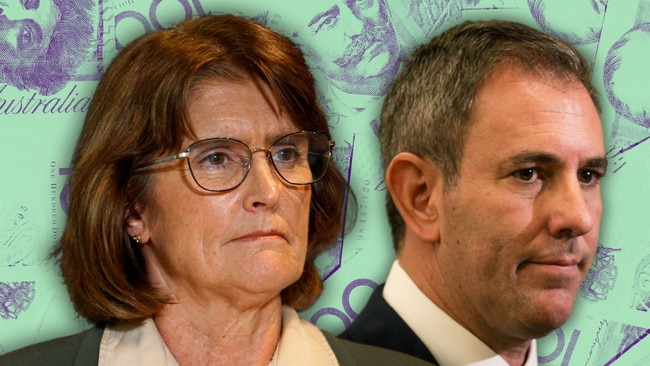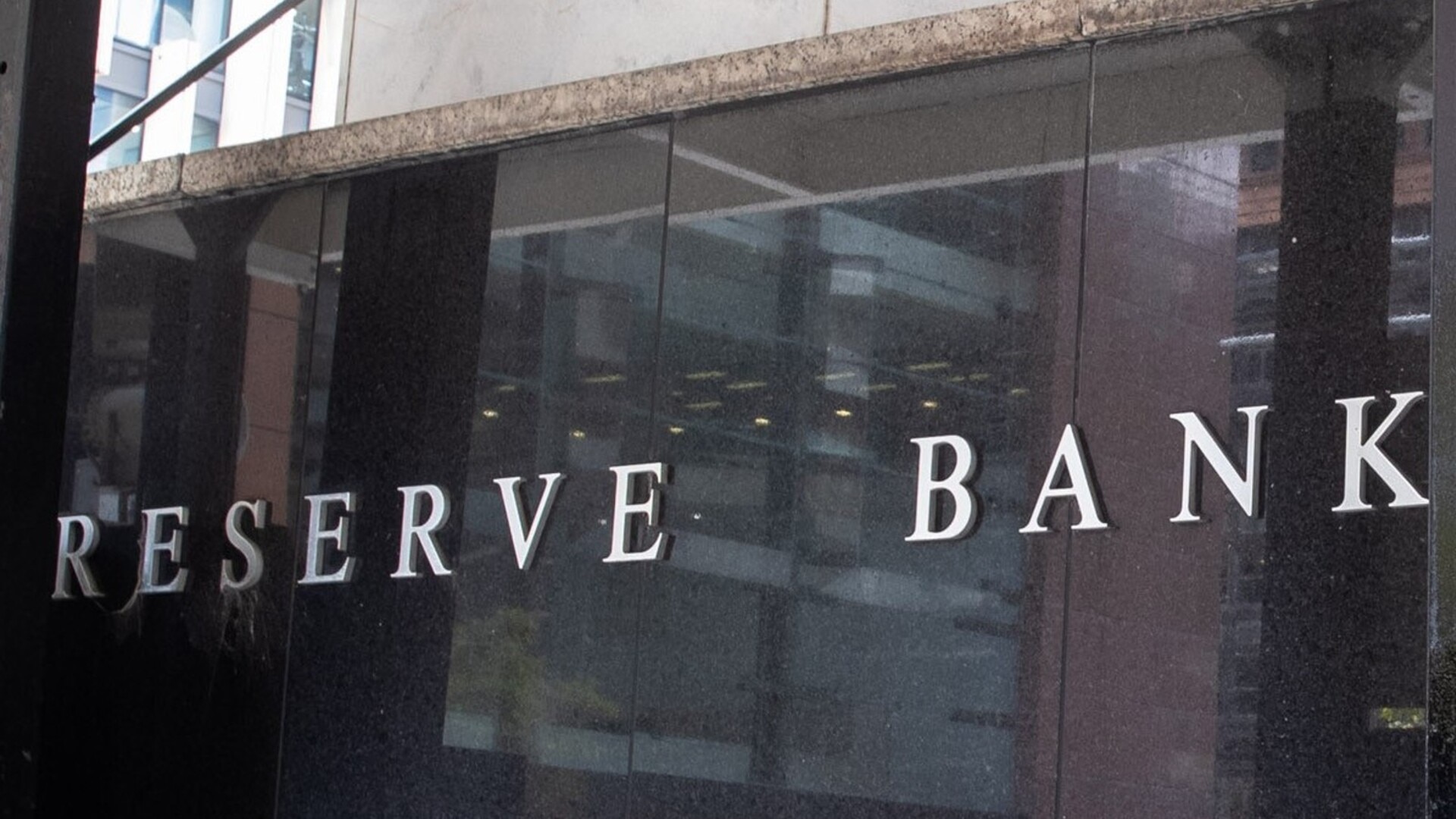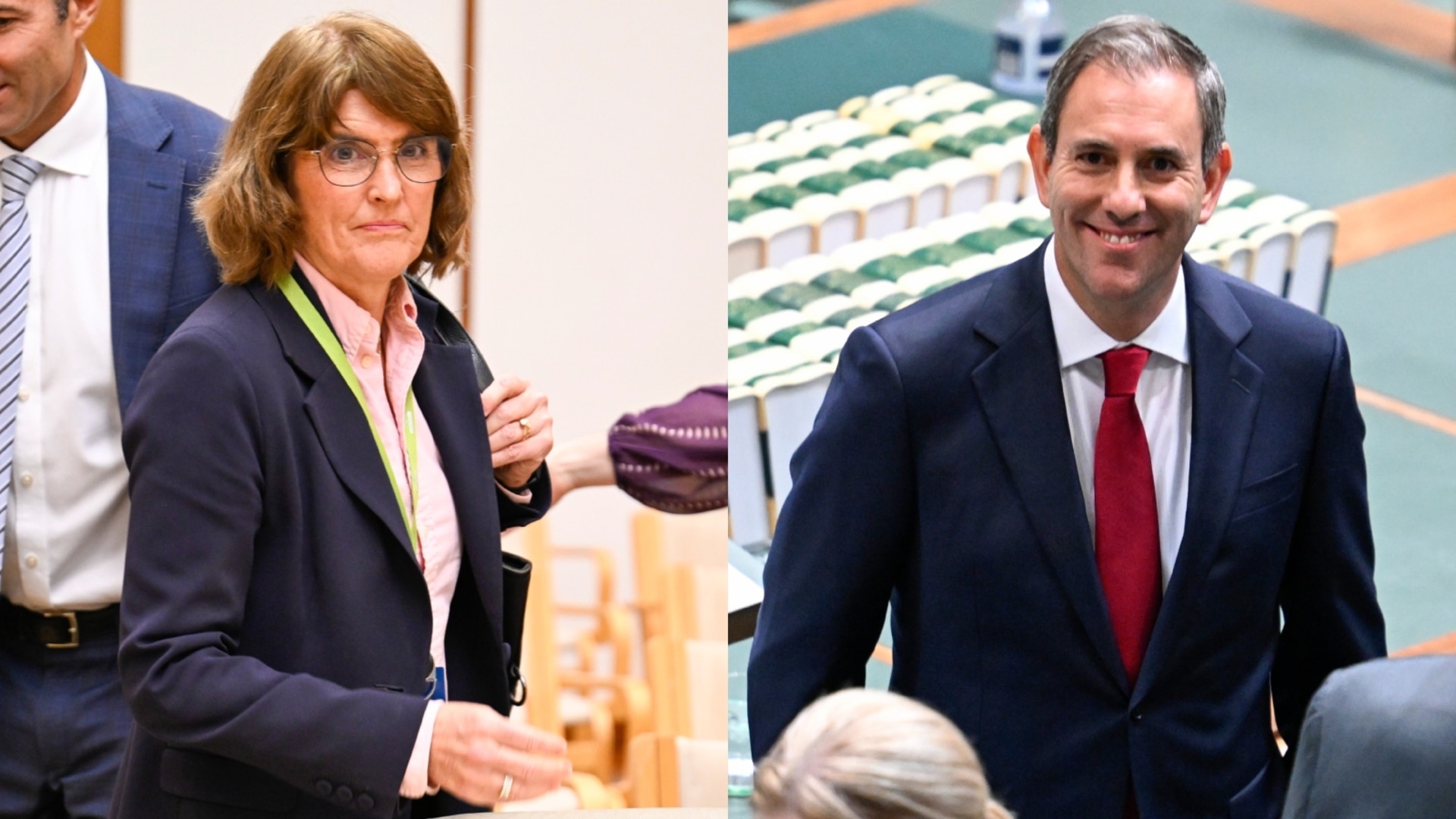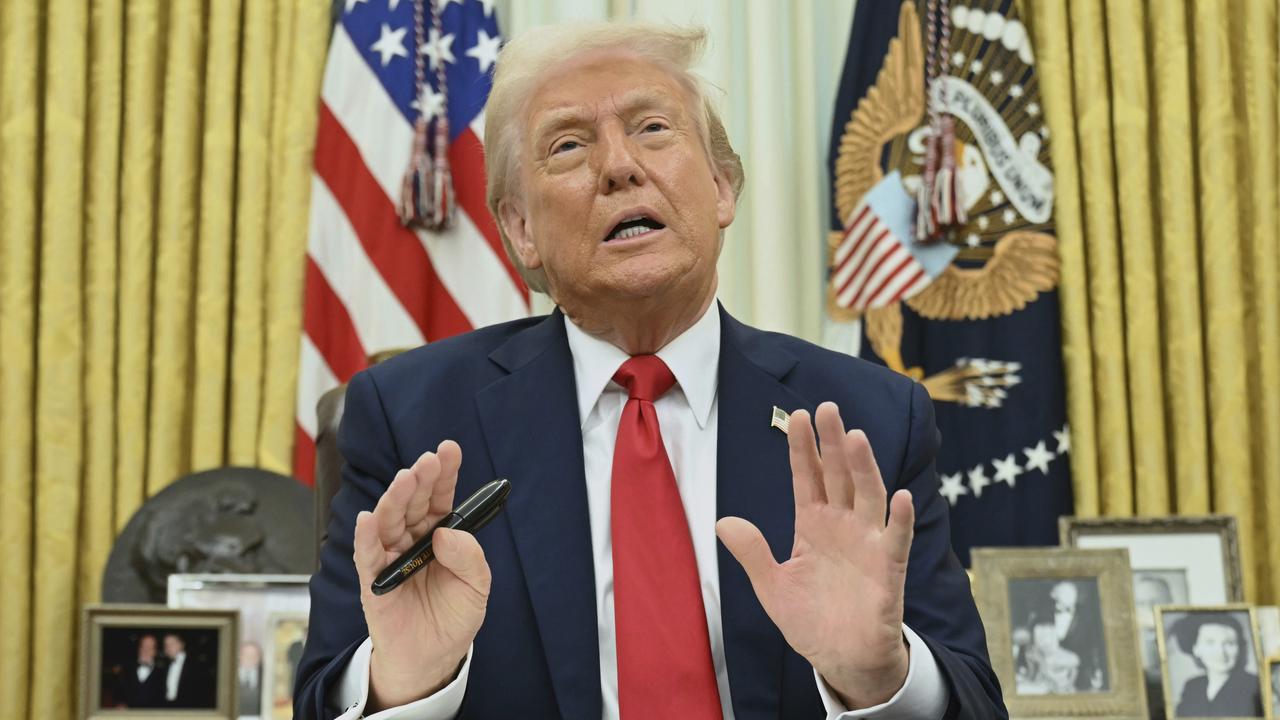Federal election 2025: RBA will hold interest rates during election. That may not be right call

The Reserve Bank’s newly formed monetary policy board is likely to make history this week by not giving a follow-up rate cut to its first in a new easing cycle.
Outside a time of crisis, there is always a follow-up rate cut to the first. Not this time. And the reason arguably contains a good dollop of politics.
A federal election campaign has begun and by not delivering a follow-up cut governor Michele Bullock might think she has temporarily taken the bank out of a politically sensitive debate.
It’s not like the RBA hasn’t adjusted rates during an election campaign before – it’s done it during three separate election campaigns.
Given the precedent, not following up with a second rate cut might draw more attention than if it did cut rates again.
In February, Bullock told the market that a second cut would not come for a while. She knew an election was coming in April.
If the bank had not cut rates in February than it would have had to in April – in the middle of the election campaign, because inflation would have fallen too much for rates to remain on hold. Central banks cut rates when inflation is falling back into their target range or lower.
But the danger in holding now is that Australia falls behind in global terms.
Goldman Sachs chief economist Andrew Boak notes underlying inflation in Australia has now eased in relation to the central bank’s target more than it has in the United States, Britain, Canada and New Zealand, yet all of those countries have cut rates further and faster than the RBA. “A potential cost of waiting is that the RBA’s ultimate policy response is too backward-looking,” Boak says.

One thing that can’t be blamed for not lowering interest rates now is Donald Trump’s trade war. The RBA has said in its own analysis that the Trump tariffs would be “disinflationary” for Australia, Treasury showed in budget papers last week that the tariffs would have a neutral impact on inflation, while plenty of market economists have also said it would not be inflationary.
So if inflation is falling, and the biggest uncertainty to the global economy in Trump’s trade war is deflationary, what else could the RBA be considering as the driver for higher inflation and a reason not to cut again?
Bullock clearly indicated that the temporary, although extended, cost-of-living relief from government such as energy subsidies, would not change the bank’s view on inflation because such spending was not included in the bank’s underlying inflation measure.
Bullock’s main rationale for the pause is that, in her own words, it “needs to continue to see easing wage costs”. But the wage price index has fallen for three consecutive quarters, from 4.1 per cent to 3.2 per cent.
Goldman’s Boak doesn’t buy this. “While we caution against overstating the surprisingly large 22,300 net contraction in employment over the past two months, the sharp weakening in wages momentum in fourth quarter and downward trend in the job-finding rate to a 3½-year low, support our view that the labour market is less inflationary than it looks.”
The third rationale Bullock gave to cover herself in pausing was that “we’d need to continue to see the disinflation in market services”.

Conveniently, last week’s inflation reading did not contain details on market services and the RBA won’t get that information until later this month – too late to be incorporated in this week’s interest rate decision.
One final rationale that could be on the minds of Bullock and the bank is government spending, although they are far too careful to mention this given the political perceptions.
Any concern of government spending as a reason for higher inflation and therefore a pause in rate cuts is left to the Leader of the Opposition, Peter Dutton. “It would be great to see a rate cut, but under a government that’s spent an extra $425bn, and under a government that would be a huge taxing government if they were in coalition with the Greens, that spells higher inflation.”
The RBA has covered itself well to pause on interest rates this week, but whether that leaves it behind the eight ball we won’t know for a few months.




